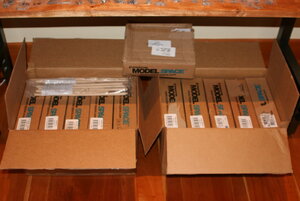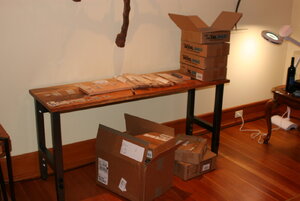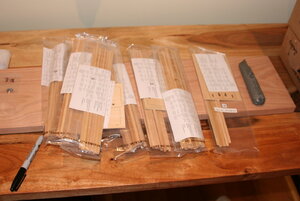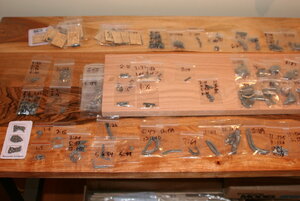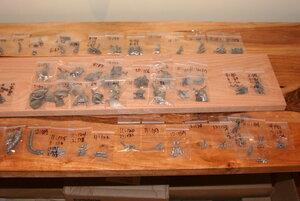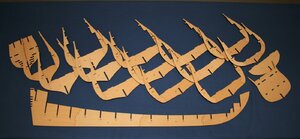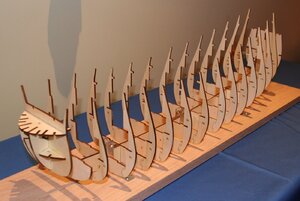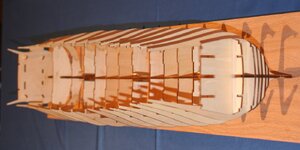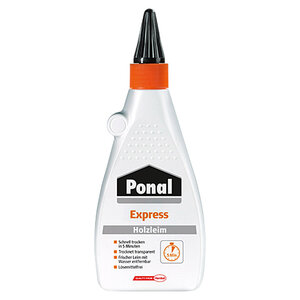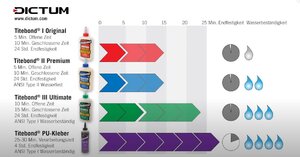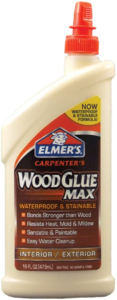Editorial note added following the completion of this build:
This build report is crazy long - unhelpfully so. If you're not interested in all the details and just want to see how it all turned out use this link to see the final result: Final Images. If that sparks your interest and you want to see the rest, you are most welcome to join me on a journey...
Hello everyone! My name is Paul and I have been thinking about building the Vasa for a really, really long time. It would seem the time has finally come!
There are plenty of logs out there for the Swedish warship Vasa. So why another one?
Two reasons: 1) I need help! I basically have no experience with this sort of thing. But, I have read lots of build logs on various forums and, as a general rule, the participants are genuine and helpful. I have found this oddly encouraging – maybe with help I could actually get this thing done?
Which brings me to my related second reason: 2) the vast majority of build logs are posted by skilled and accomplished builders (rightly so – putting your stuff out there for others to see should be inspirational rather than tragic). But those same experienced artists know what they know and often do things without even thinking about it. Which also means they don’t struggle (at least anymore) with things that a novice will struggle with. Perhaps a log posted by someone less experienced will help others who are likewise less experienced (or, at least, give everyone something to laugh about).
I’m not sure this build log will gain any traction, but I’ll give it a shot and see if anyone shows up. I should mention that I still work for a living so progress might be slow. But I’m willing to put in the time to do this thing right so I would welcome anyone with an interest to pull up a chair and see me through this build.
This build report is crazy long - unhelpfully so. If you're not interested in all the details and just want to see how it all turned out use this link to see the final result: Final Images. If that sparks your interest and you want to see the rest, you are most welcome to join me on a journey...
Hello everyone! My name is Paul and I have been thinking about building the Vasa for a really, really long time. It would seem the time has finally come!
There are plenty of logs out there for the Swedish warship Vasa. So why another one?
Two reasons: 1) I need help! I basically have no experience with this sort of thing. But, I have read lots of build logs on various forums and, as a general rule, the participants are genuine and helpful. I have found this oddly encouraging – maybe with help I could actually get this thing done?
Which brings me to my related second reason: 2) the vast majority of build logs are posted by skilled and accomplished builders (rightly so – putting your stuff out there for others to see should be inspirational rather than tragic). But those same experienced artists know what they know and often do things without even thinking about it. Which also means they don’t struggle (at least anymore) with things that a novice will struggle with. Perhaps a log posted by someone less experienced will help others who are likewise less experienced (or, at least, give everyone something to laugh about).
I’m not sure this build log will gain any traction, but I’ll give it a shot and see if anyone shows up. I should mention that I still work for a living so progress might be slow. But I’m willing to put in the time to do this thing right so I would welcome anyone with an interest to pull up a chair and see me through this build.
Last edited:


